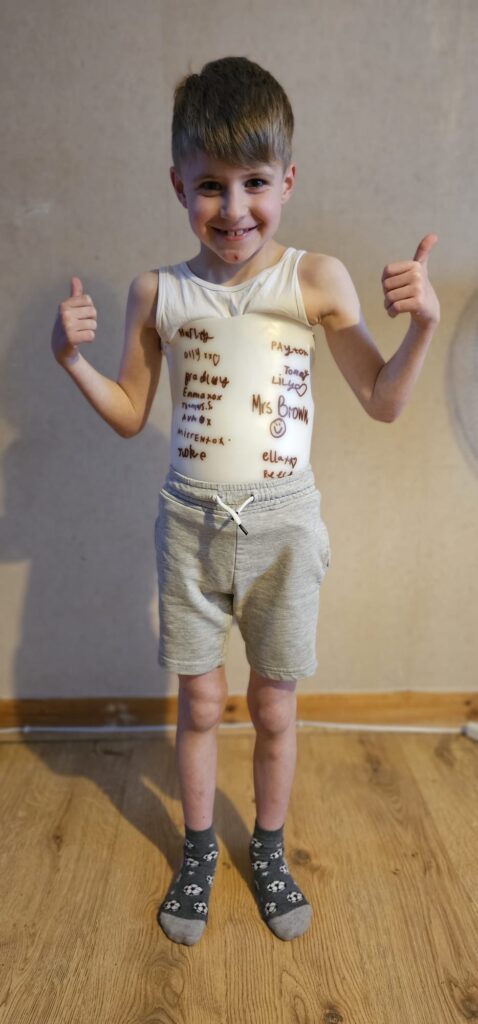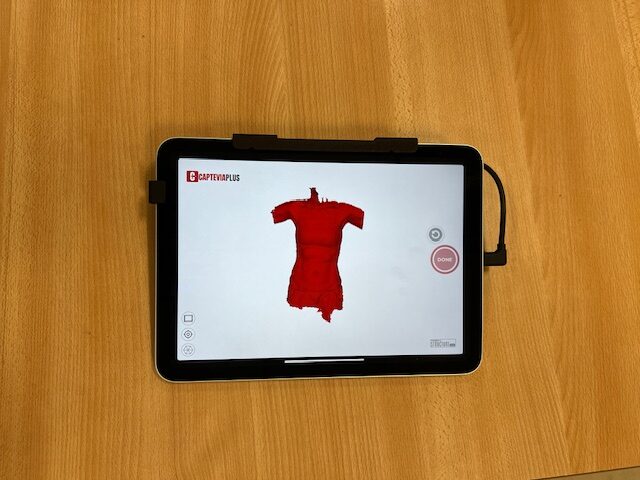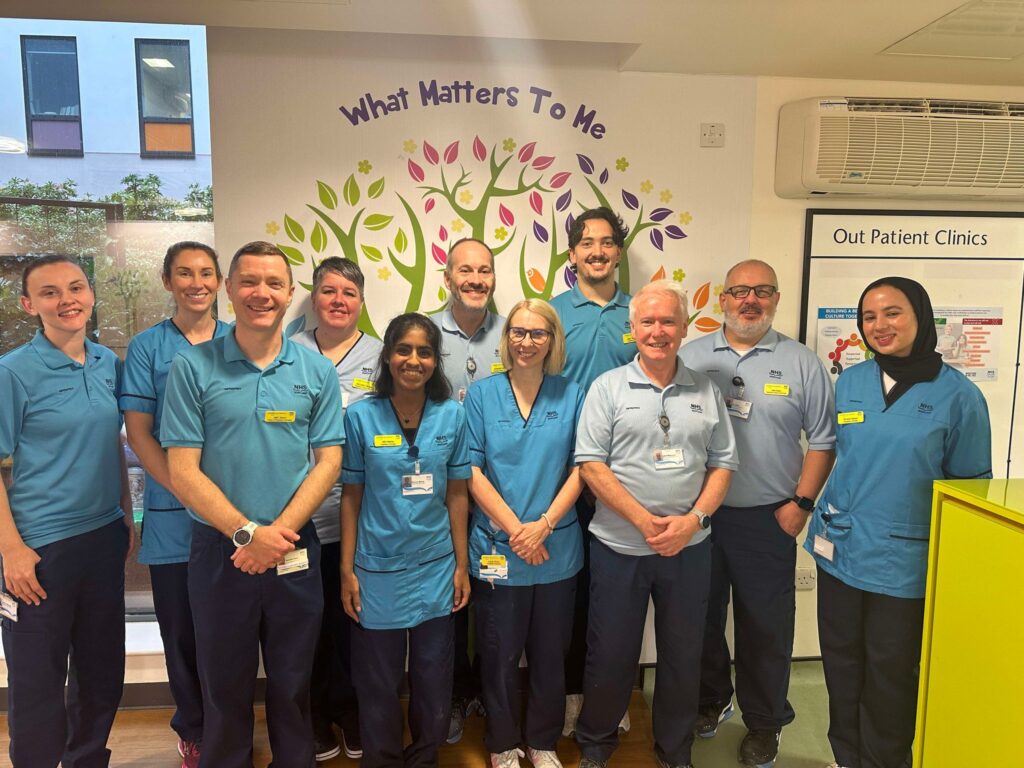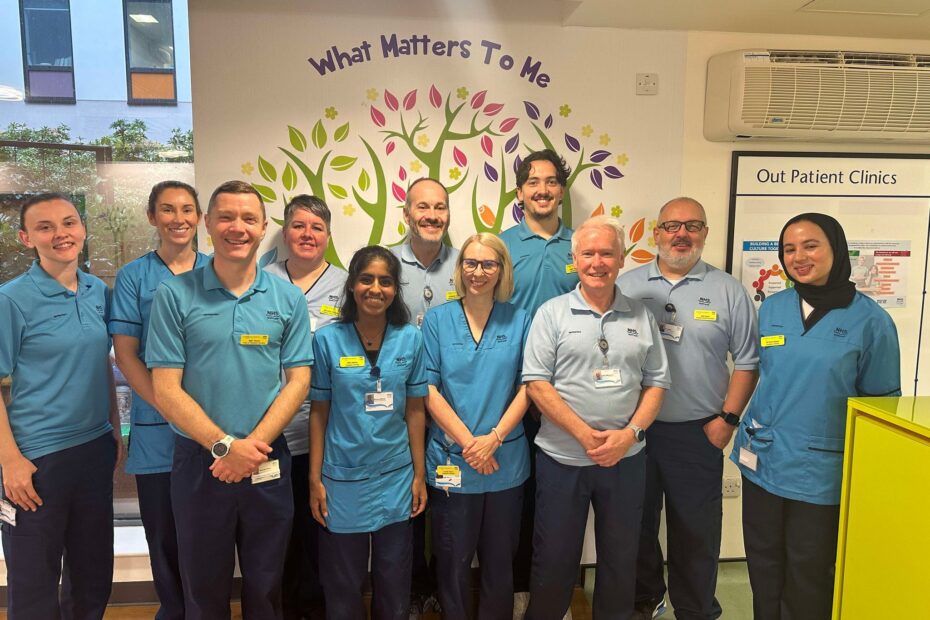
The NHS Greater Glasgow and Clyde Paediatric Orthotics Department has introduced a revolutionary 3D scanner to transform the ‘casting’ process for children with Scoliosis. This cutting-edge technology has reduced the time required for casting from 60 minutes to 60 seconds.
Scoliosis, characterised by an abnormal curvature of the spine, can lead to severe complications if left untreated, including chronic pain and respiratory issues. One of the primary treatments involves children wearing custom-made back braces for up to 20 hours a day. These braces are meticulously measured, crafted, and managed by the dedicated Orthotics Team at the Royal Hospital for Children.
Eight-year-old Harley Travers from Ayrshire has been wearing a custom-made back brace for more than half of his life, following his diagnosis at the age of four. Over the years, Harley has visited the hospital two to three times annually to be ‘cast’ for new braces as he grew. The traditional process involved lying still on a frame for 30-60 minutes while a plaster cast was applied, a challenging task for any child, especially one with sensory issues like Harley.

Harley’s mum, Pamela Quinn, shared their experience: “We would need to prepare Harley ahead of appointments and build him up to the casting. Quite often it would take us about 20 minutes to even get him onto the frame. The team were fantastic and gave us all the time and support we needed, but it was never an easy experience.”
However, during Harley’s most recent appointment, Pamela encountered a gamechanger – the 3D scanner. The Orthotics Team had been tirelessly searching for alternatives to the manual casting process. Initially, they tried using a series of photographs stitched together to create a model of Harley’s body. While this was an improvement, it was still a lengthy process.
The introduction of the 3D scanner has revolutionised the experience. Harley now stands in one spot for less than a minute while the Orthotist walks around him with an iPad. Pamela described the transformation: “It’s non-invasive and we’ve gone from an hour to one minute. It’s unbelievable. The best part is that the suit is also the most perfect fit that it has ever been. Harley is so much more comfortable.”


